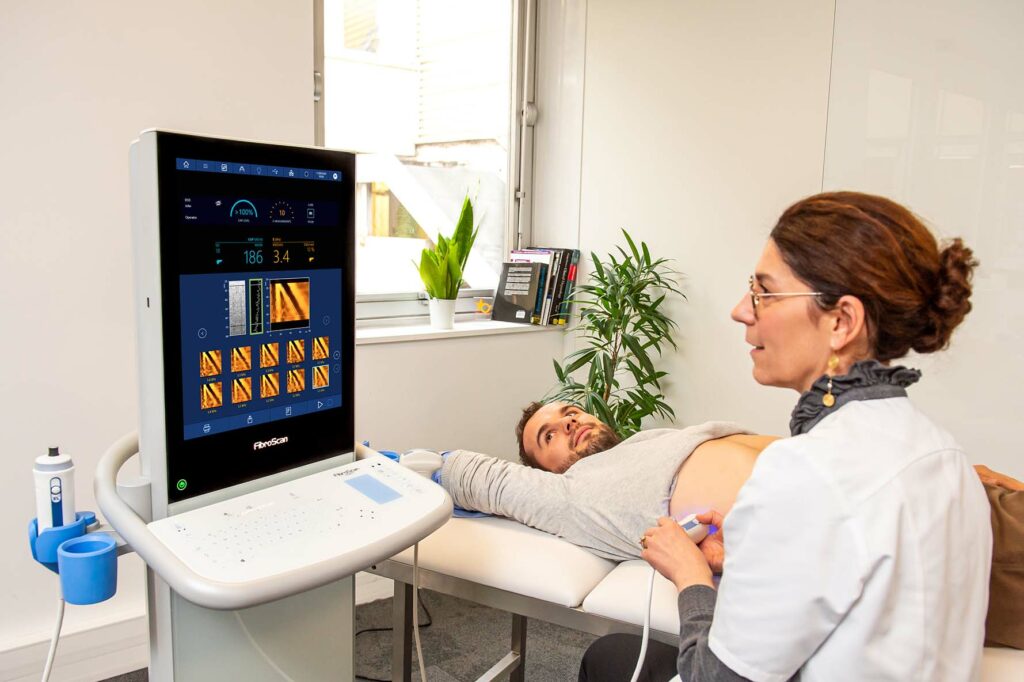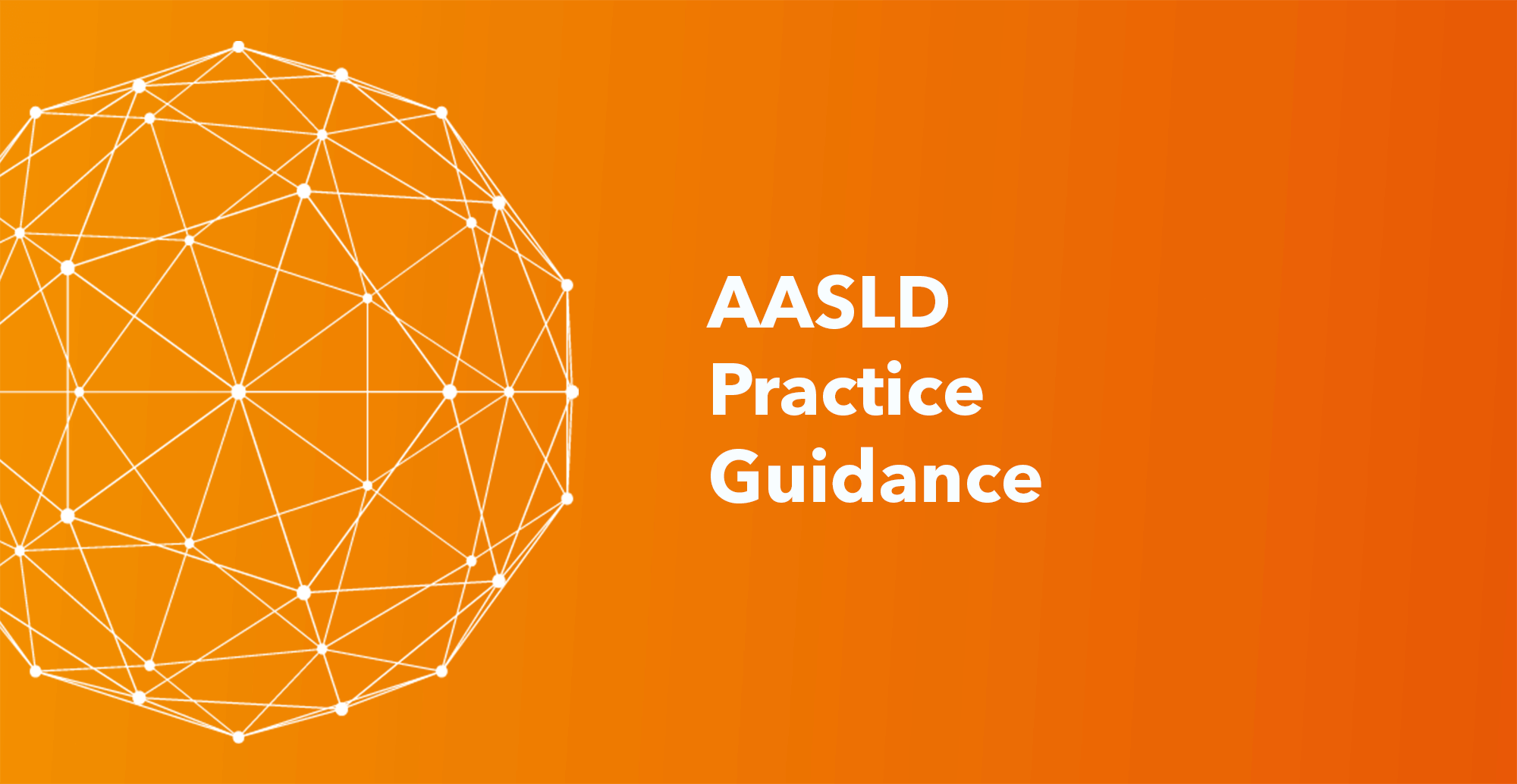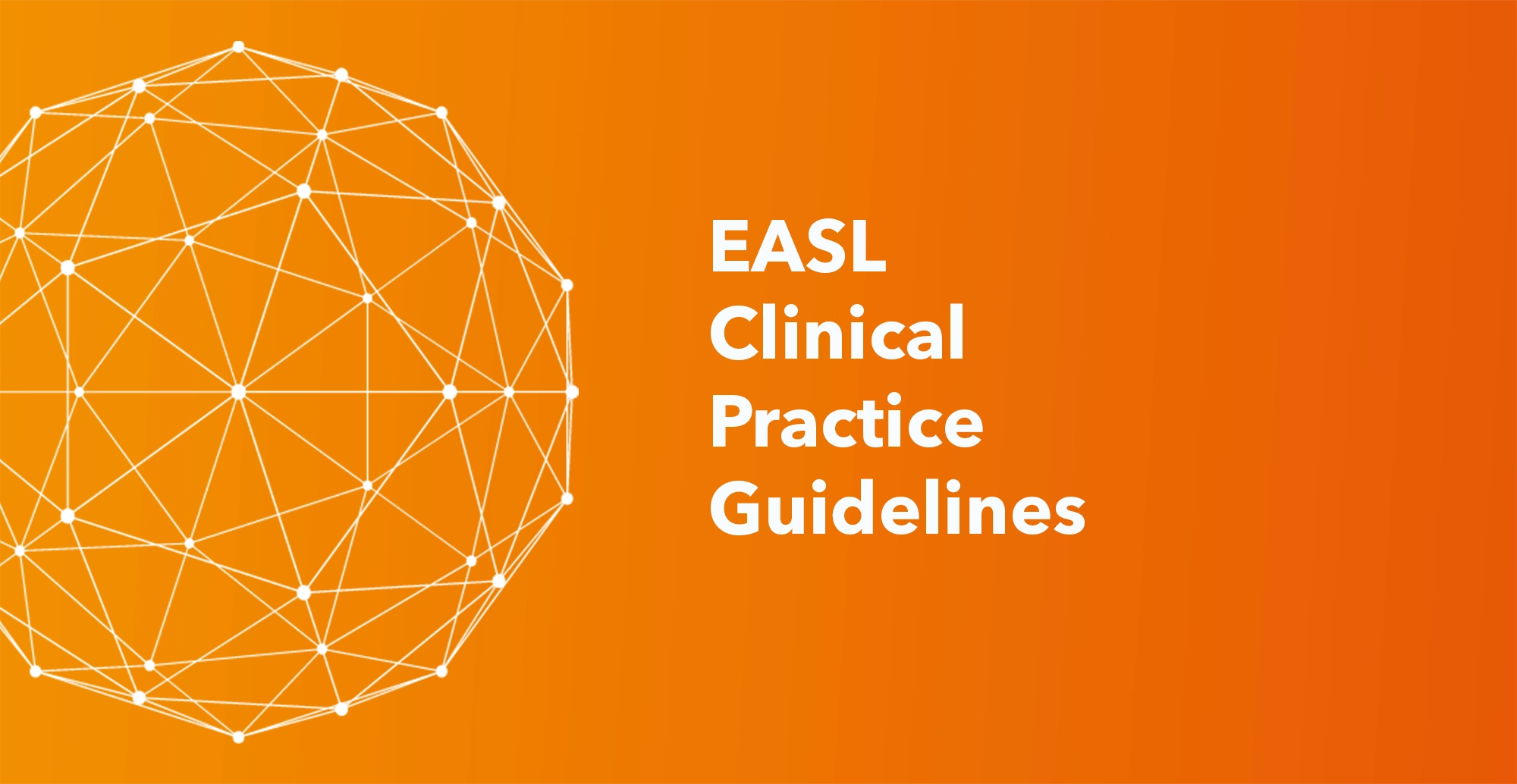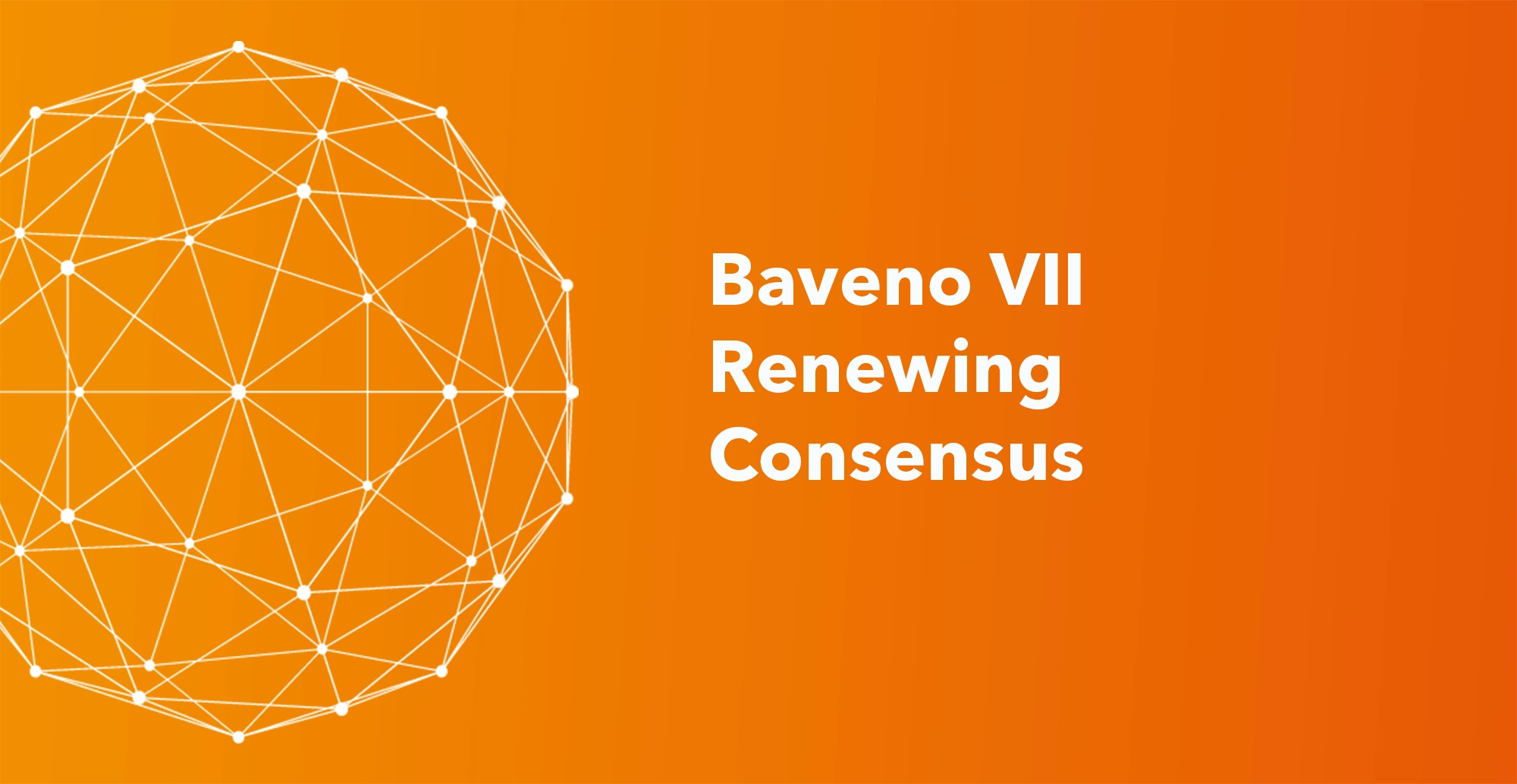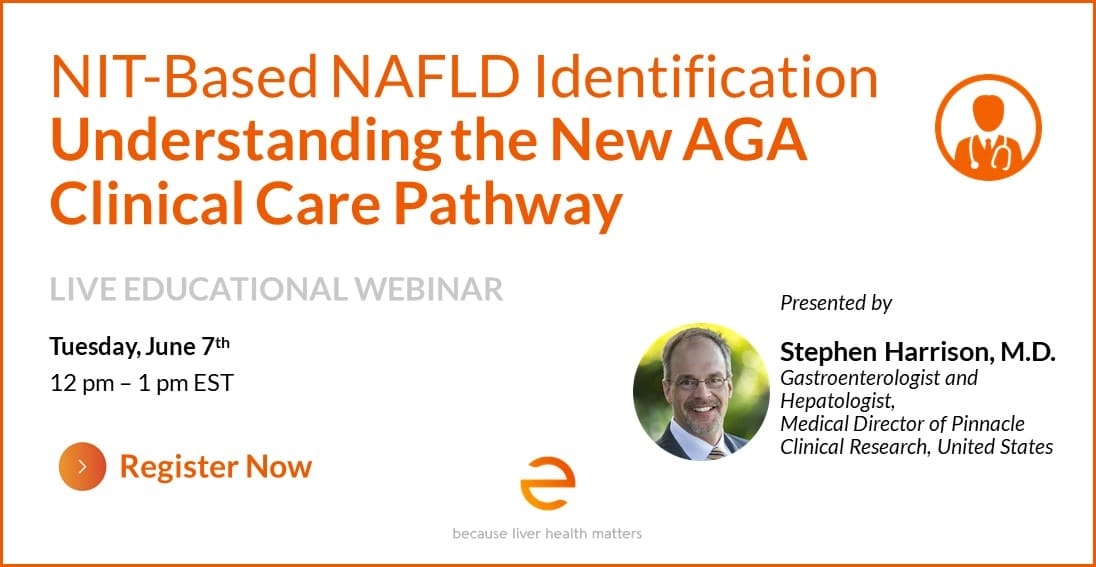PARIS and Waltham, MA – Feb. 13, 2023 – The growing prevalence of fatty liver disease in the U.S. has led the American Association for the Study of Liver Diseases (AASLD) to call for expanded use of noninvasive liver evaluations. The new Practice Guidance from the AASLD suggests the use of VCTE™, a patented technology used by FibroScan® solutions from Echosens, for detecting and diagnosing NAFLD in high-risk individuals, including those with type 2 diabetes (T2D).
At least 25% of people worldwide have nonalcoholic fatty liver disease (NAFLD), and this number is expected to rise[1]. NAFLD can be reversed in its early stages—but most patients are asymptomatic and unaware they’re at risk until the disease has reached advanced stages when there are limited treatment options available. Early identification and risk stratification of patients can help improve outcomes and significantly reduce downstream healthcare costs.
“AASLD is one of the leading liver health associations. Their actionable recommendation for the use of FibroScan earlier in the clinical care pathway speaks volumes to the tremendously positive impact this noninvasive technology can have on the prevention of advanced disease and reducing its tremendous cost burden on our healthcare system,” said Jon Gingrich, CEO of Echosens North America. “Previously backed by thousands of peer-reviewed studies and hundreds of international guidelines, VCTE technology is now being recognized as the standard of care for liver health. Increased clinical adoption of and patient accessibility to this simple, noninvasive test is going to have a tremendously positive impact on patient outcomes.”
NAFLD/NASH is known as a silent killer. An estimated 70% of people with T2D are affected by NAFLD, but only 5% of this population is currently diagnosed[2]. Because the progression of NAFLD can result in more serious complications, more than half of people with T2D will develop advanced liver fibrosis and cirrhosis, also known as non-alcoholic steatohepatitis (NASH), which is the leading cause of liver-related death. Furthermore, NAFLD makes a person twice as likely to experience cardiac-related mortality than liver-related mortality.
FibroScan can be used to predict the risk of disease progression and decompensation, guide management decisions, evaluate response to treatment, and significantly reduce the need for a biopsy.
“Making FibroScan a noninvasive standard of care is a vital step in helping to close the significant diagnosis gap of NAFLD,” said Dr. Mazen Noureddin, MD, MHSc (Medical Director, Houston Research Institute). “Any practitioner caring for patients at risk for NAFLD should heed the guidance for noninvasive risk stratification with FibroScan (VCTE technology). By incorporating noninvasive liver evaluations into the clinical care pathway for T2D patients, providers can identify those at higher risk for damage earlier on and refer them to a specialist for more advanced treatment options.”
Despite clinical evidence that NAFLD is increasingly common, identifying those at risk of suffering adverse outcomes and connecting them with preventative care and treatment remains inadequate. Frequently, patients are presented to specialty clinics when the disease has progressed to advanced stages, and therapeutic options are limited. By implementing VCTE technology earlier in the diagnosis process, endocrinologists and primary care clinics can best identify high-risk NAFLD patients and connect them with gastroenterology or hepatology specialists to manage patients at risk of NASH or cirrhosis.
“Early diagnosis of NAFLD is crucial for providing timely and effective strategies for preventing disease progression,” said Dr. Noureddin. “However, until now, early screening was limited. The only option for those with existing liver problems was invasive procedures, such as a biopsy. VCTE with FibroScan has allowed for early detection of the leading cause of chronic liver disease worldwide, bettering the chances of managing or reversing the condition before it’s too late.”
To access the complete guidance published by AASLD, visit Diagnosis and Management of Non-Alcoholic Fatty Liver Disease | AASLD.
About Echosens
Pioneer in its field, Echosens significantly changed the practice of liver assessment with FibroScan®, the non-invasive solution for comprehensive management of liver health. FibroScan® is recognized worldwide and validated by over 3,500 peer-reviewed publications and 160 international guidelines. Echosens has made FibroScan® available in over 100+ countries enabling millions of liver examinations worldwide. https://www.echosens.com/
Media Contact:
Elizabeth Mortek
Inprela
Elizabeth@inprela.com
612.677.2025
[1] “Noninvasive biomarkers in NAFLD and NASH – current progress and future promise,” Nature Reviews Gastroenterology & Hepatology, 2018
[2] “Nonalcholic Fatty Liver Disease and Type 2 Diabetes Mellitus,” Indian Journal of Endocrinology and Metabolism, June 2018
